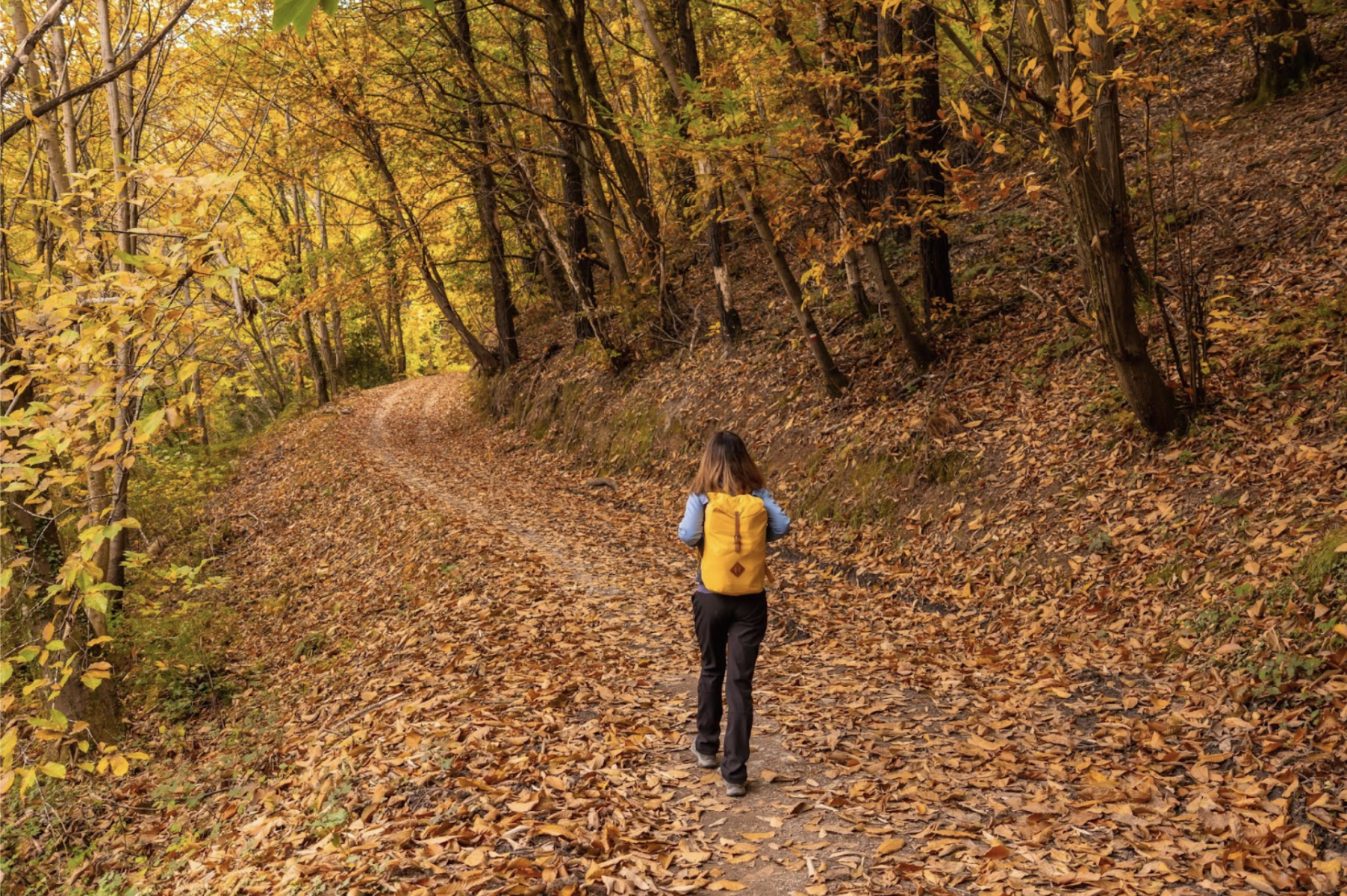How to Hike Responsibly and Protect Nature
Hiking is one of the best ways to connect with nature, but to truly enjoy it, we must learn how to hike responsibly. Every step we take in the forest has an impact. From the trail we choose to the way we dispose of our waste, responsible hiking ensures that our wild spaces remain beautiful and accessible for generations to come.
In this guide, we’ll walk you through the essentials of how to hike responsibly this fall and beyond, offering practical tips that align with the Leave No Trace principles and the feedback of seasoned hikers across the globe.
Why does it matter more than ever to hike Responsibly?
Forests are under growing pressure—from climate change, pollution, and the increasing number of visitors to our trails. To hike responsibly means to be aware of our impact and take steps to minimize it. Even something as simple as picking up a stray granola bar wrapper can help protect local wildlife and prevent pollution.
Beyond preserving beauty, when we hike responsibly, we contribute to the safety of fellow hikers, reduce fire risks, and keep fragile ecosystems intact.
Plan Ahead and Prepare
The first rule of responsible hiking? Be prepared. When you know what to expect, you’re less likely to make poor decisions that harm the environment.
To hike responsibly:
Check the weather forecast.
Know your trail's rules (some restrict dogs, fires, or off-trail access).
Carry a map or GPS—getting lost can lead to damage from off-trail wandering.
Avoid overpacking; the more gear you carry, the higher your chance of dropping litter.
Planning also includes packing eco-conscious gear like reusable water bottles, biodegradable soap, and low-waste snacks.
Stick to the Trail
One of the simplest ways to hike responsibly is to stay on marked paths. Trails are designed to withstand foot traffic. When hikers step off the trail, they can trample delicate plants, increase erosion, and create unofficial paths that confuse others and damage habitats.
Even if the ground looks dry, always walk in the center of the trail—even through mud. It's better to get dirty than to widen a trail and damage nearby vegetation.
Pack It In, Pack It Out
One of the golden rules of hiking is to leave nothing behind. To hike responsibly, you must take all your trash with you—including things you might assume are biodegradable, like fruit peels or nutshells. These can still attract animals, alter local diets, or take months to decompose.
Helpful tips:
Bring a designated waste bag.
Collect micro-trash (candy wrappers, twist ties, etc.).
Don't burn trash or food scraps in a campfire.
Remember: if you brought it in, hike responsibly and bring it out.
Be Mindful of Wildlife
Another important part of learning to hike responsibly is understanding how to coexist with wildlife. Seeing animals is exciting, but it’s crucial to admire them from a distance.
Never feed wild animals. It can:
Make them dependent on humans
Alter their natural behaviors
Increase the chance of dangerous encounters
Make noise while hiking to avoid surprising larger animals like bears, and keep pets on a leash at all times to avoid disturbances.
Learn more on the do’s and don'ts of wildlife encounters.
Respect Other Hikers
To hike responsibly also means to share the trail respectfully. This includes:
Yielding to uphill hikers
Letting faster hikers pass
Avoiding playing loud music
Everyone is out there for peace and connection—don't disrupt that experience.
Minimize Campfire Impact
If you're camping during your hike, hike responsibly by minimizing your fire footprint. Use a portable stove for cooking when possible. If fires are allowed:
Use existing fire rings
Keep fires small
Never burn plastic or trash
And always double-check that your fire is completely out before you leave. One careless moment can devastate an entire forest.
Learn more about hiking and camping.
Practice Leave No Trace Principles
Leave No Trace (LNT) is the gold standard for those who want to hike responsibly. Here’s a refresher on the 7 principles:
Plan ahead and prepare
Travel and camp on durable surfaces
Dispose of waste properly
Leave what you find
Minimize campfire impacts
Respect wildlife
Be considerate of others
Let these be your compass. Integrating them into your hikes will ensure you hike responsibly and ethically.
Educate Others to Hike Responsibly
Finally, the more people know how to hike responsibly, the better. Share your knowledge with fellow hikers. Whether it’s a friend throwing food scraps in the woods or a fellow hiker straying off the path for a photo—lead by example.
Responsible hiking isn’t about being perfect—it’s about being aware and doing your best. Encourage a culture where caring for nature is the norm.
Final Thoughts
Fall is a magical season to explore trails, feel the crunch of leaves underfoot, and breathe in the crisp air. But it’s also a reminder of how fragile and seasonal nature can be. As the leaves change, let us also shift our habits to hike responsibly.
From trail etiquette to eco-conscious gear and waste management, every little action counts. Whether you’re a beginner or a seasoned trekker, this fall is the perfect time to start—or continue—to hike responsibly.

